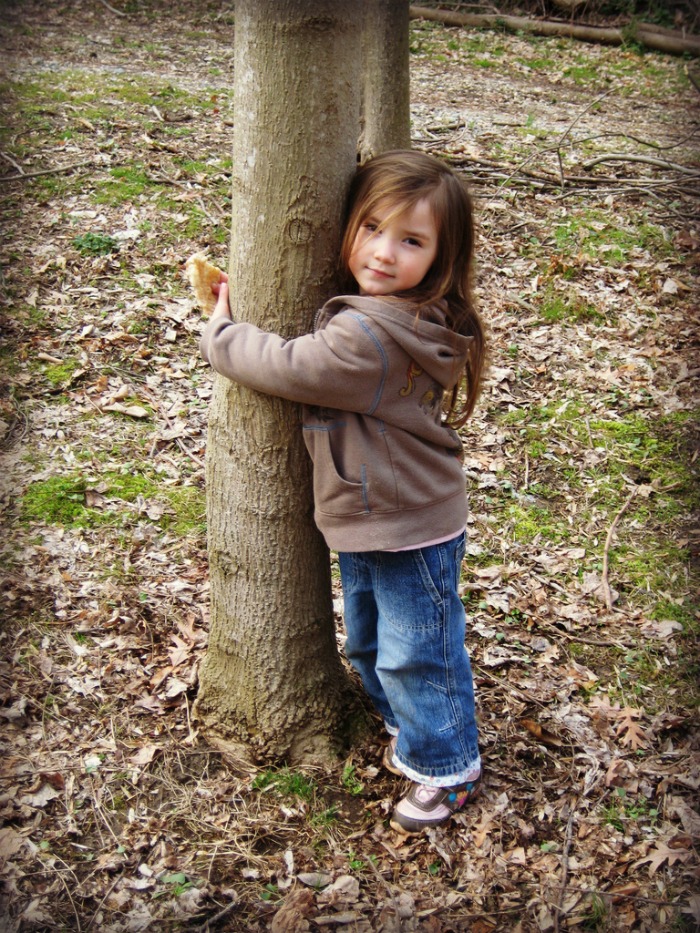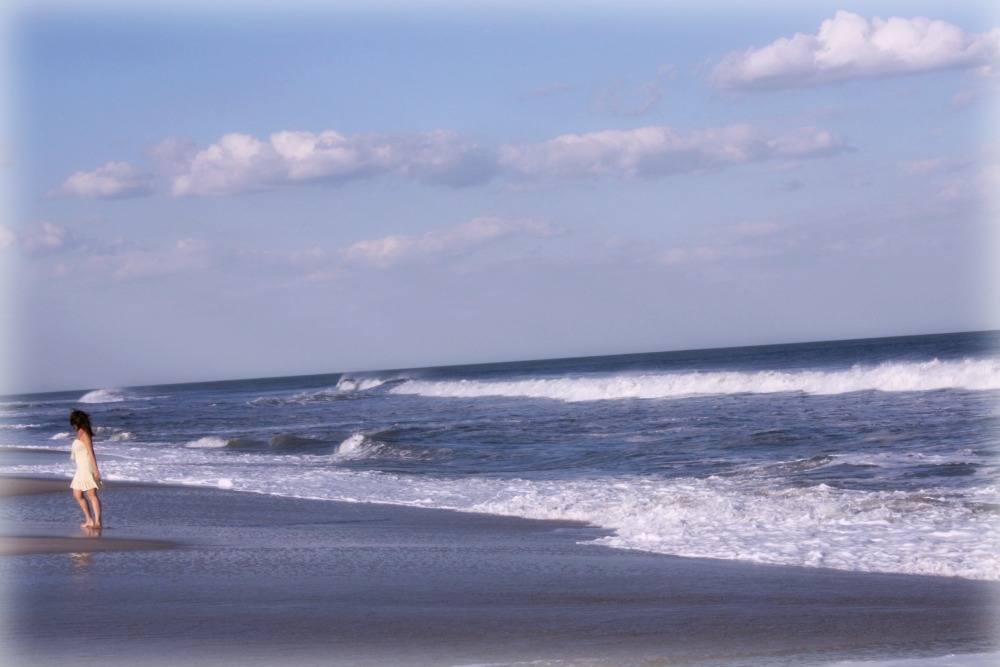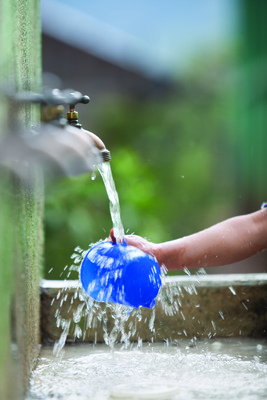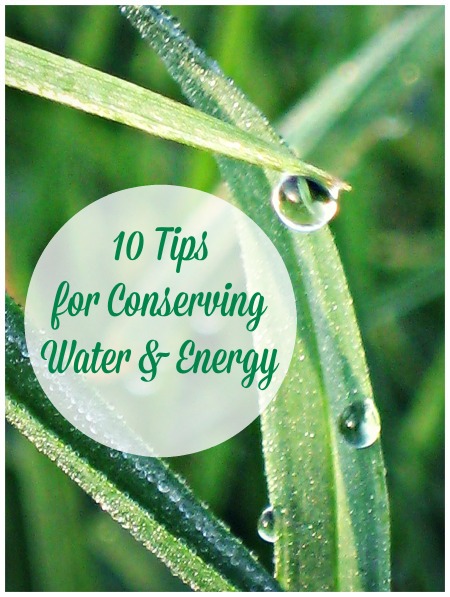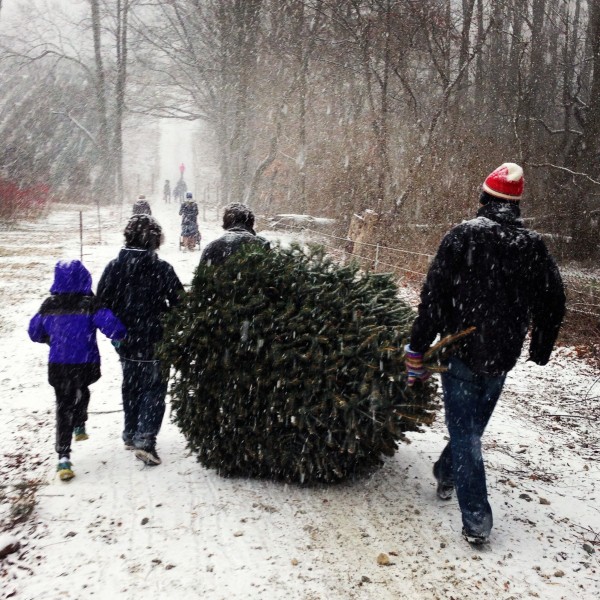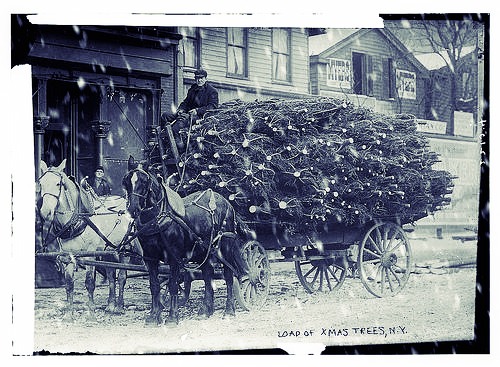Unless someone like you cares a whole awful lot,
Nothing is going to get better. It’s not.― Dr. Seuss, The Lorax
The Washington Post ran a piece recently titled The surprising psychology behind why some people become environmentalists, but the takeaway wasn’t so surprising at all. The conclusion was that empathy was tied to environmental attitudes— “namely, a heightened sensitivity to the suffering of other people.”
The authors conclude that “compassion elicits moral judgments and actions across different moral domains” — in effect, that it’s infectious.
Is this surprising? Dr. Seuss nailed that years ago. Environmentalists care. They care about people, and the world around them, and how their actions affect both.
This of course invites that whole treehugger thing, the idea that people who care about the environment are overemotional bleeding hearts. This has never bothered me. I’m sensitive, and I’d like to stay that way.
(Sidenote: nature lovers also tend to be healthier and to be more open to new experiences. All good things.)
I’d also say, without any scientific backing whatsoever, that most environmentalists are dreamers that can envision a better world of our own making, while also being practical folks who are always looking for the next steps to make that world happen.
If you have built castles in the air, your work need not be lost; that is where they should be. Now put the foundations under them.
Henry David Thoreau
All in all, a group of people I’m fairly proud to be associated with.
Raise your kids to be environmentalists as soon as they’re old enough to hug a tree.
Compassion is infectious, and it reaches into all aspects in your life, if you’re doing it right.
P.S. This photo was one of the first on this blog, back in 2003. Where does the time go?
